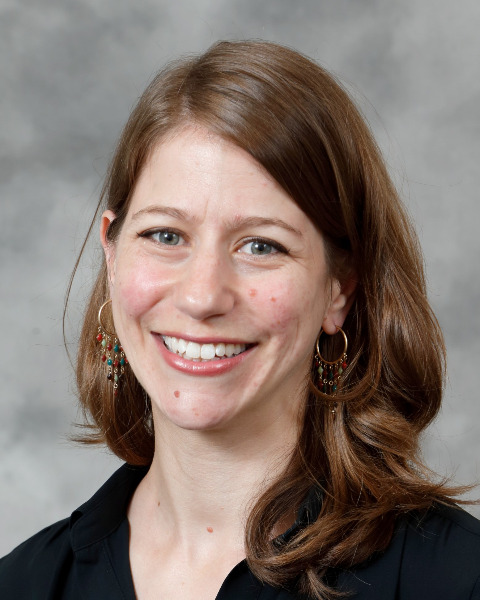10-Minute Presentation
Plant-Insect Ecosystems
10-min: P-IE, Pollinators 1
Fencing and fertilizers influence floral resources and floral visitation
Sunday, November 10, 2024
10:00 AM - 10:12 AM MST
Location: Phoenix Convention Center, 221 B, PCC
- HM
Holly Martinson
Associate Professor
McDaniel College
Westminster, Maryland 
Frances S. Sivakoff
Assistant Professor
The Ohio State University
Marion, Ohio
Presenting Author(s)
Co-Author(s)
Multiple anthropogenic factors influence the structure and function of ecological systems. Field experiments can help us understand how these stressors interact to affect species, interactions, and communities. In this study, we investigated how two factors that threaten grassland biodiversity (absence of large herbivores; nutrient enrichment) affect floral resources, floral visitors, community composition, and plant-visitor network structure in a multi-year experiment in an old field in central Maryland, USA. Fencing to exclude large herbivores was installed in the first year of the study, with nutrient enrichment (via nitrogen, phosphorus, potassium fertilizer) initiated the following year. Visual surveys of the floral resources and floral visitors were conducted twice each study year. Across three years, we observed 41 plant species flowering, with a total of 87,015 floral units and 4,033 floral visits by insects. We found that floral abundance was depressed in fenced plots that were also fertilized and that fencing depressed floral richness over time. Visitor abundance and species richness increased strongly with floral abundance and varied across treatments, with the greatest increases in visits over time to open and fertilized plots. Community composition of both floral resources and floral visitors diverged among treatments by the final year of the study. These effects contributed to notable variation in network structure. Overall, we demonstrate that major factors hypothesized to influence grassland biodiversity work singly and in combination to influence multiple aspects of plant and insect communities, with potential consequences for pollination services in these diverse and highly threatened ecosystems.

.png)
